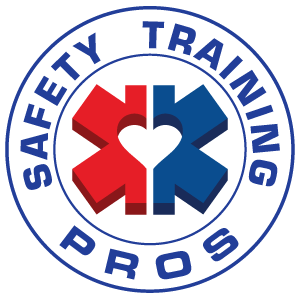We’ve all seen her, and many of us have learned our lifesaving CPR skills on her. You might ask who was the inspiration for that pleasant, yet enigmatic face on the Laerdal Resusci Anne manikin?
As originally reported by Kristine Rice of American Safety & Health Institute –
It would seem that “Anne” came from the face of a French girl, found drowned in the Seine  in Paris in the 19th century. The mouleurs (model-makers) were asked by a pathologist at the Paris mortuary to make a cast of the victim’s face, and it quickly became the mask-and-bust studio’s best-seller.
in Paris in the 19th century. The mouleurs (model-makers) were asked by a pathologist at the Paris mortuary to make a cast of the victim’s face, and it quickly became the mask-and-bust studio’s best-seller.
This little mask of the intriguing mystery girl has become fodder for poems, novels, and stories ever since, but the best use to which it was put came in the mid-1950s, when toymaker Asmund Laerdal used it for his first CPR manikin.
Snopes.com also weighs in on the story in their refutation of an urban legend about the origin of Resusci Anne’s peaceful visage. This often-repeated version credits Dr. Peter Safar, one of the creators of CPR, with modeling Anne after his own daughter, lost in a drowning accident.
Not quite, says Snopes. While Dr. Safar did unfortunately lose an 11-year-old daughter, it was not by drowning nor did he himself create a manikin. Our thanks instead must go to Laerdal for the creation that life-like manikin for CPR training still widely used today.
Safety Training Pros utilizes Laerdal manikins in all our CPR classes because of the realistic features, anatomically correct landmarks, audible feedback that reinforces the correct compression depth, and realistic chest compression resistance that allows our students to experience the amount of pressure needed to perform proper chest compressions in a real-life situation. Even though Laerdal manikins have one of the highest price points in the industry, the hands-on real-world simulation practice is worth it. Get rescue ready, get your CPR training from Safety Training Pros!
